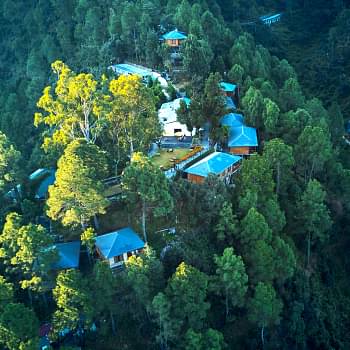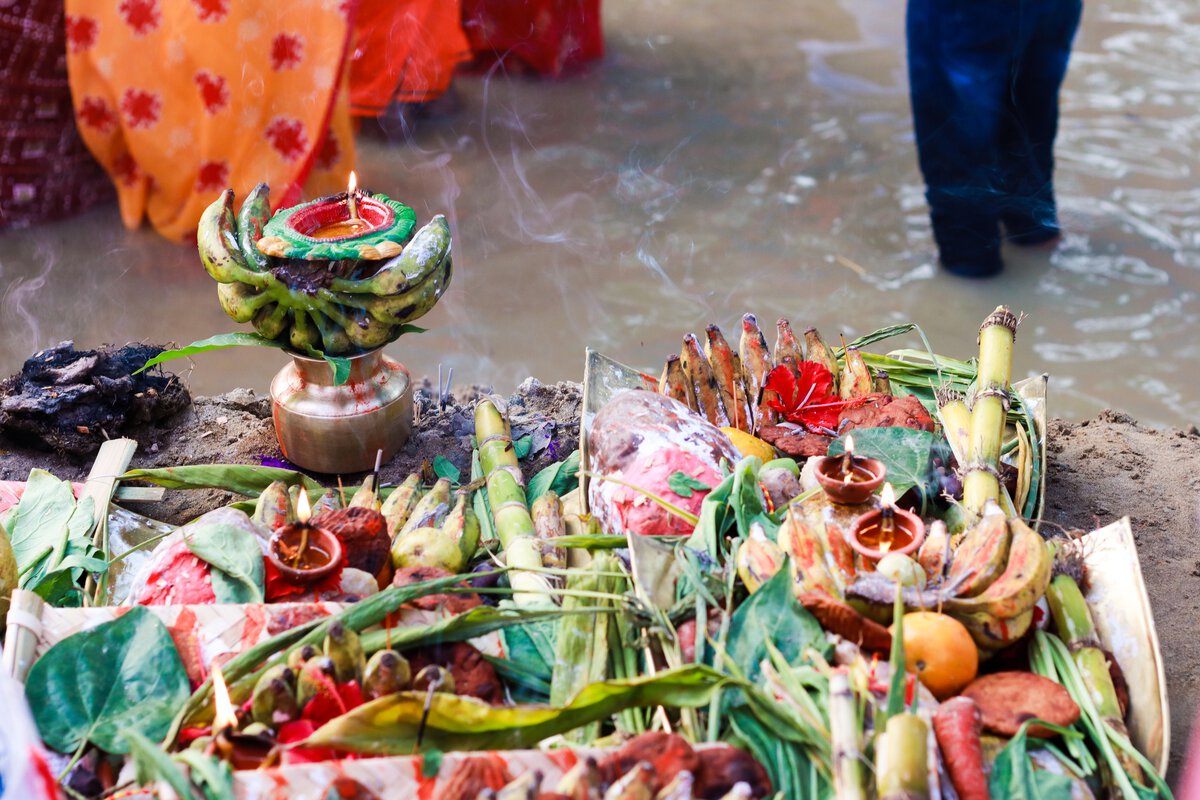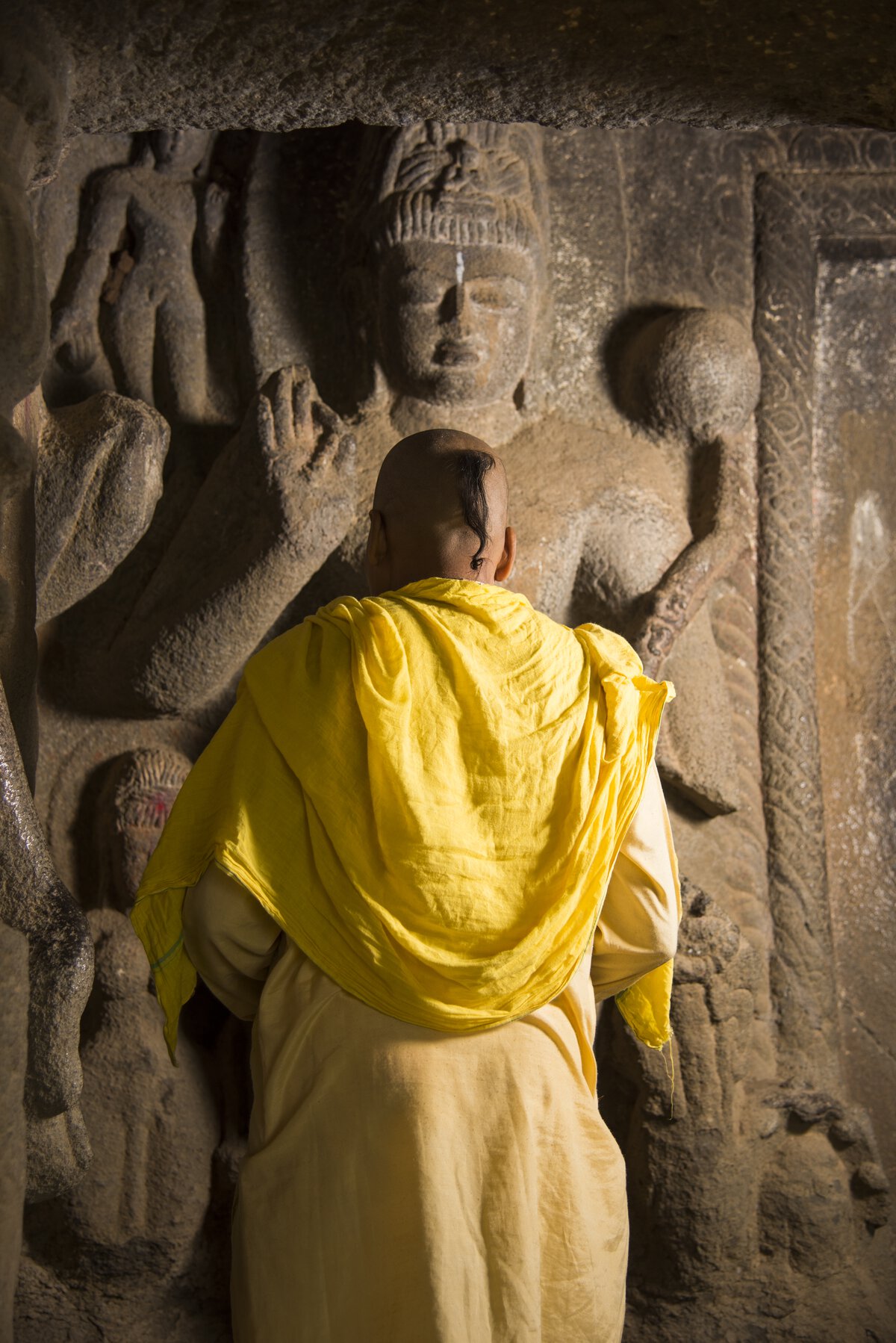February 18, 2025
Know the Culture & Traditions of Bihar
CM Content Team


View all
140+
Resorts
February 18, 2025
CM Content Team
The culture of Bihar is a vibrant blend of traditions, arts, and festivals that reflect its rich historical heritage. Renowned for its ancient art forms, diverse religious practices and amazing traditional cuisines, Bihar's cultural landscape showcases a deep commitment to preservation and communal harmony. The rich traditions of Bihar make it a unique and dynamic embodiment of Indian heritage.
Bihar, a region steeped in history, traces its origins back to ancient civilisations along the fertile Gangetic plains. It played a central role in the early history of India, serving as the heartland of the first major empire under the Mauryas, followed by the Guptas. The historical richness of Bihar is notably marked by its status as the birthplace of Buddhism; it was here that Prince Siddhartha Gautama attained enlightenment under the Bodhi tree in Bodh Gaya, transforming into Buddha and founding a religion that would spread across the world.
Despite being predominantly Hindu, Bihar is a melting pot of various religions where Buddhism, Islam, Sikhism, and Christianity coexist in harmony. This peaceful coexistence is reflected in the diverse cultural practices, festivals, and everyday life of its people. Bihar's culture and traditions are a testament to its historical legacy, blending ancient customs with a contemporary ethos of tolerance and unity.

The rich culture of Bihar is reflected through its lively and colourful festivals. Throughout the year, the state comes alive with celebrations that are steeped in tradition, faith, and communal unity. Here are some of the major festivals that make Bihar an exciting destination:
The linguistic diversity mirrors the rich culture of Bihar and its historical heritage, characterized by several languages and dialects:
Regional Languages and Dialects:
This linguistic landscape not only enriches the culture of Bihar but also offers unique insights for language enthusiasts and cultural travellers exploring the state’s heritage.

One of the best ways to explore the culture of Bihar is through its food, and Bihar offers a variety of traditional dishes that reflect its agricultural roots and cultural diversity. Bihari cuisine is known for its simplicity, robust flavours, and the use of locally sourced ingredients. Here are some must-try traditional dishes:
The multi-cuisine restaurant at Marasa Sarovar Premiere in Bodhgaya, a Club Mahindra Associate resort, serves the best local dishes.

Bihar’s tradition of folk music and dance plays an essential role in the state’s cultural celebrations and social rituals. These performances are deeply connected to the everyday lives of the people, often reflecting their joys, sorrows, and aspirations. Visitors to Bihar will find plenty of opportunities to experience Bihar's vibrant traditions.

Bihar is home to a vibrant tradition of arts and crafts. Exploring these art forms offers a window into the culture and traditions of Bihar, showcasing the state's enduring artistic legacy and the diverse skills of its artisans.

Bodhgaya is a key spiritual, cultural and traditional destination in Bihar, important for the following reasons:
Bodhgaya's spiritual, historical, and cultural offerings make it a compelling destination for those exploring Buddhism or seeking spiritual growth.
Staying at Marasa Sarovar Premiere in Bodhgaya, a Club Mahindra Associate resort, combines comfort with cultural immersion, making it a prime choice for travellers. This resort in Bihar(Bodh Gaya) is located near key attractions like the Mahabodhi Temple, which offers easy access to Bodhgaya's spiritual sites. Guests can enjoy modern amenities, including spacious rooms, an on-site spa, and a swimming pool, enhancing comfort after day-long explorations. The resort’s multi-cuisine restaurant serves local and international dishes, catering to diverse palates. Club Mahindra members benefit from exclusive experiences like guided temple tours and cultural workshops. The peaceful setting, inspired by Buddhist aesthetics, offers a peaceful retreat, while family-friendly services ensure a comfortable stay for all guests.
A Club Mahindra membership enriches travel with access to over 140 resorts worldwide, including Marasa Sarovar Premiere in Bodhgaya. Club Mahindra Members enjoy exclusive discounts and provide curated local experiences like cultural workshops and guided tours. Designed for families, these resorts offer amenities such as kids' clubs and activities suitable for all ages, ensuring a comfortable stay for everyone. The Club Mahindra membership's flexibility allows booking during any season, maximizing convenience and enjoyment. Additionally, the Club Mahindra membership broadens travel opportunities with access to international destinations, maintaining consistent and exclusive experiences globally.
In conclusion, a Club Mahindra membership is more than just access to splendid accommodations. It’s about providing a complete and enriching travel experience with exclusive benefits, cultural immersion, and unforgettable memories. Whether you're visiting Bodhgaya for spiritual reflection or seeking a relaxing family getaway, Club Mahindra enhances every aspect of your journey.
Mahindra Holidays & Resorts India Ltd. (MHRIL), a part of Leisure and Hospitality sector of the Mahindra Group, offers quality family holidays primarily through vacation ownership memberships and brings to the industry values such as reliability, trust and customer satisfaction. Started in 1996, the company's flagship brand ‘Club Mahindra’, today has over 300,000 members , who can holiday at 140+ resorts in India and abroad.
We use cookies to personalise content and to provide you with an improved user experience.By Continuing to browse this site you consent to the use of cookies.Please visit our cookie policy for further details.

Welcome to ClubMahindra.com In order to provide a personalised experience for you, we use cookies to enable some website functionality. Cookies help us see which articles most interest you; allow you to easily share articles on social media channels; permit us to deliver content personalised to your interests and locations; along with many other site benefits. For more information, please review our Cookie Policy
When you visit any website, it may store or retrieve information on your browser, mostly in the form of cookies. This information might be about you, your preferences or your device and is mostly used to make the site work as you expect it to. The information does not usually directly identify you, but it can give you a more personalized web experience. Because we respect your right to privacy, you can choose not to allow some types of cookies. Click on the different category headings to find out more and change our default settings. However, blocking some types of cookies may impact your experience of the site and the services we are able to offer.
Because we respect your right to privacy, you can choose not to allow some types of cookies and you have the right to withdraw your consent by send a mail to email id [email protected]
These cookies are essential in order to enable you to move around the site and use its features, such as accessing secure areas of the site. Without these cookies, services you have asked for cannot be provided.
These cookies allow us to employ data analytics so we can measure and improve the performance of our site and provide more relevant content to you. These cookies don't collect information that identifies a visitor down to an individual level that is available to us. These cookies are not passing personally identifiable information to any external third party other than in limited cases when we engage a service provider to act on our behalf but who is then unable to use the data for their own purposes.
Performance cookies are generally third-party cookies from vendors we work with or who work on our behalf that collect information about your visit and use of the Club Mahindra website, for instance which pages you visit the most often, and if you get error messages from web pages. These cookies don't collect information that identifies a visitor. All information these cookies collect is anonymous and is only used to improve your overall experience on how the website works. Third party vendors may have access to this data and may use it to improve their overall services and offerings.
Functionality cookies allow a site to remember choices you make (such as your user name, language or the region you are in) and provide more enhanced, personal features. These cookies cannot track your browsing activity on other websites. They don't gather any information about you that could be used for advertising or remembering where you've been on the Internet outside our site.
Third-party advertising and social media cookies are used to (1) deliver advertisements more relevant to you and your interests; (2) limit the number of times you see an advertisement; (3) help measure the effectiveness of the advertising campaign; and (4) understand people's behaviour after they view an advertisement. They are usually placed on behalf of advertising networks with the site operator's permission. They remember that you have visited a site and quite often they will be linked to site functionality provided by the other organization. This may impact the content and messages you see on other websites you visit. If you do not allow these cookies you may not be able to use or see certain these sharing tools content on our website.